Hurricane Dorian left 1.5 billion pounds of debris in Marsh Harbour, Bahamas – Total losses estimated at $7 billion – “We acknowledge that we are in a national climate crisis and the country is facing a national climate emergency”
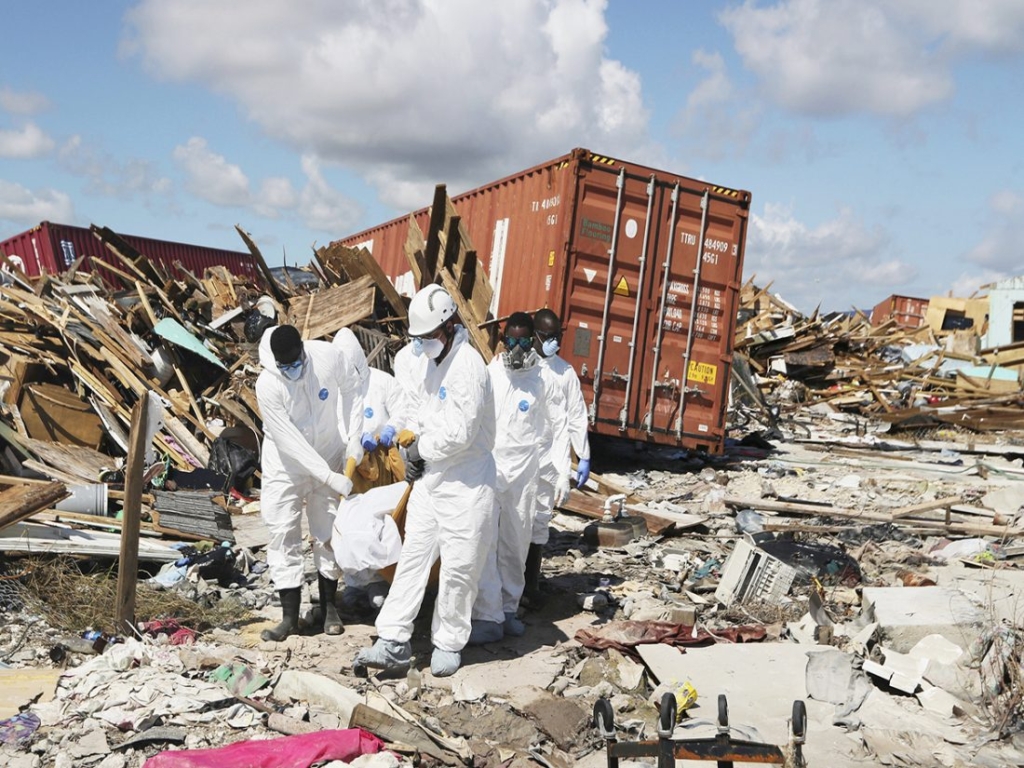
By Jan Wesner Childs
21 September 2019
(The Weather Channel) – Officials are grappling with how to deal with 1.5 billion pounds of debris left behind in Marsh Harbour after Hurricane Dorian decimated the community in Abaco, Bahamas.
The landscape was littered after Dorian with splintered homes and buildings, boats, cars and every sort of debris associated with daily life. Much of it is still there.
“We’ve done satellite imagery. We’ve done drone footage. We estimate that it’s going to be about two million cubic meters of debris … That equates to about 1.5 billion pounds of debris so we’re identifying potential laydown sites where we can place these items,” the country’s Minister of the Environment and Housing Romauld Ferreira told reporters last week, according to the Nassau Guardian.
That number is from just one section of the areas that took the brunt of Dorian’s wrath. Ferreira said debris in Grand Bahama, for example, has been more difficult to pinpoint.
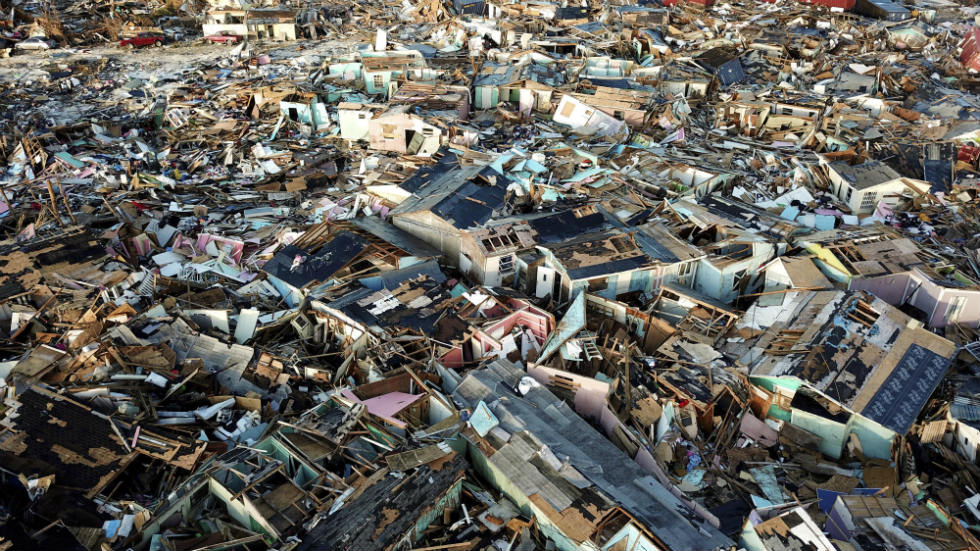
“One of the reasons that we can’t estimate, or we’ve been unable or challenged in terms of estimating debris volumes in Grand Bahama, is that a lot of the damage that happened to the homes in Grand Bahama happened internally. So, people lost … they basically have a house but the sheetrock is all damaged,” he said.
“The appliances are all damaged. It’s a different kind of feature so we’re really going to have to develop two separate responses for how we deal with the damage and debris generated from that.”
The United Nations Development Program assisted in assessing the debris in Marsh Harbour. Ferreira said more outside expertise and manpower would be needed for the cleanup, which would quickly overwhelm the local landfill system. He predicted it would cost “tens of millions of dollars” to clean up Marsh Harbour alone. […]
Total losses from Dorian have been estimated at $7 billion. [more]
Hurricane Dorian Left 1.5 Billion Pounds of Debris in Marsh Harbour, Bahamas
“Bahamas in a climate crisis”
By Rachel Knowles
21 September 2019
(The Nassau Guardian) – Minister of the Environment and Housing Romauld Ferreira said yesterday that The Bahamas is in a climate crisis that will see the rise of intense hurricanes like Dorian, which devastated parts of the northern Bahamas earlier this month.
Ferreira made the comments as the government adopted the tenets of a Climate Crisis Declaration that was drafted by the Cat Island Conservation Institute.
“We acknowledge that we are in a national climate crisis and the country is facing a national climate emergency,” he said.
“We are committed to doing all that needs to be done to alleviate and remediate the effects of climate change and build resiliency for future events.”
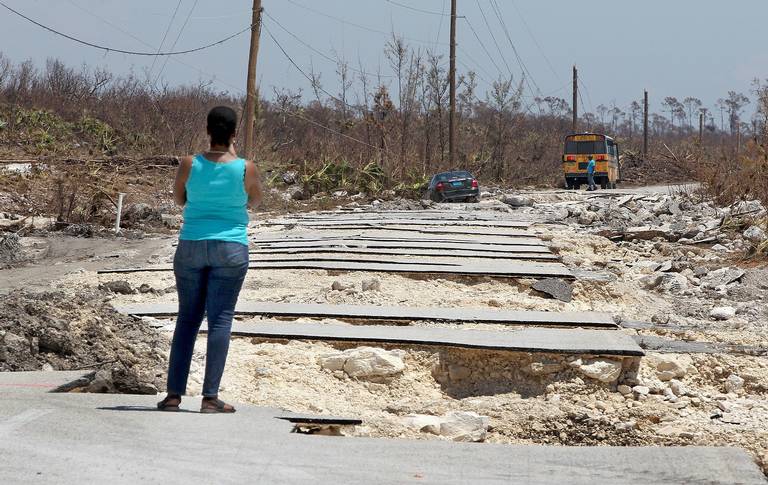
He added, “… We are making this declaration and we’re saying, ‘Hey we’re going to lead this charge.’
“We’re going to lead it and make sure our voices are heard by the polluters, by the big emitters and we want citizens, our local citizens, to be more aware of their behavior, more aware of their activities.”
Ferreira said that there will be changes to the building code to improve resilience to hurricanes. Additionally, he said the government will have to ensure that there are enough shelters in suitable places that can withstand intense hurricane conditions.
“I can foresee changes to the building code,” he said.
“The building code, as it stands now, is set up for homes to withstand winds of 150 miles per hour (mph), but Dorian came and shattered that with gusts in excess of 220 mph. Obviously, that has to be revisited.
“… The ultimate goal is for an event like this to happen and there be no damage and no loss of life. That is the ultimate in resiliency right there. So, we have to get to that point. So, 150 mph winds, while it may have been suitable then, as we’ve progressed further and further into the 21st century and we expect these storms to be more frequent and more ferocious, we have to revisit it.”
Asked what the government will do to better prepare New Providence for the flooding associated with such strong storms, Ferreira said, “The way we combat that is to have suitable hurricane shelters and to make sure that they can withstand the ferocity, and for people to heed the warnings, to heed that evacuate means evacuate.
“And I know that it is very difficult to leave your home, to move out and be among strangers, but we prefer for you to be alive.” […]
The wind speed was so ferocious, one man said it picked up his seven-year-old boy and flung him into the sea. There are also reports that the hood of a car was wrapped around a tree. [more]
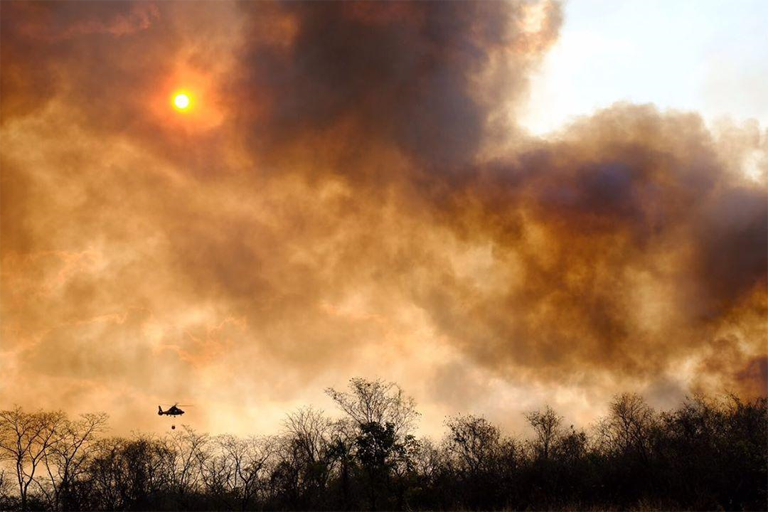

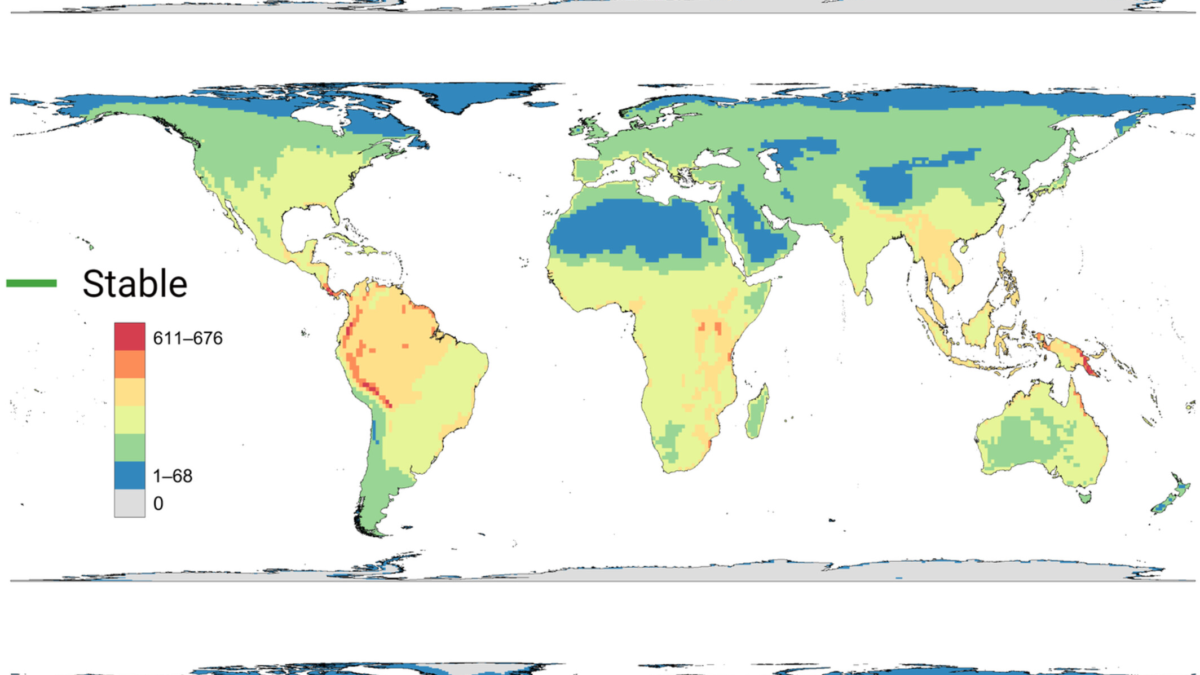
Yep–
https://uploads.disquscdn.com/images/969ce97a241dfe4346576dd32acf45bb54cfa6d5bb6e297b829b67ece0ef77e8.jpg?w=800&h=536